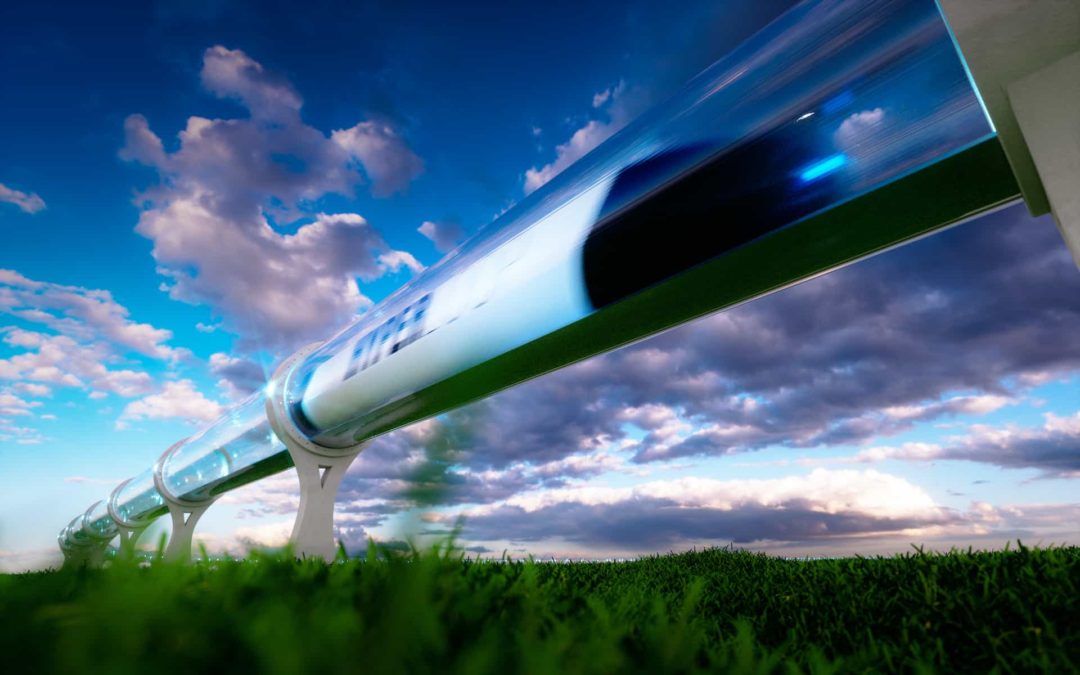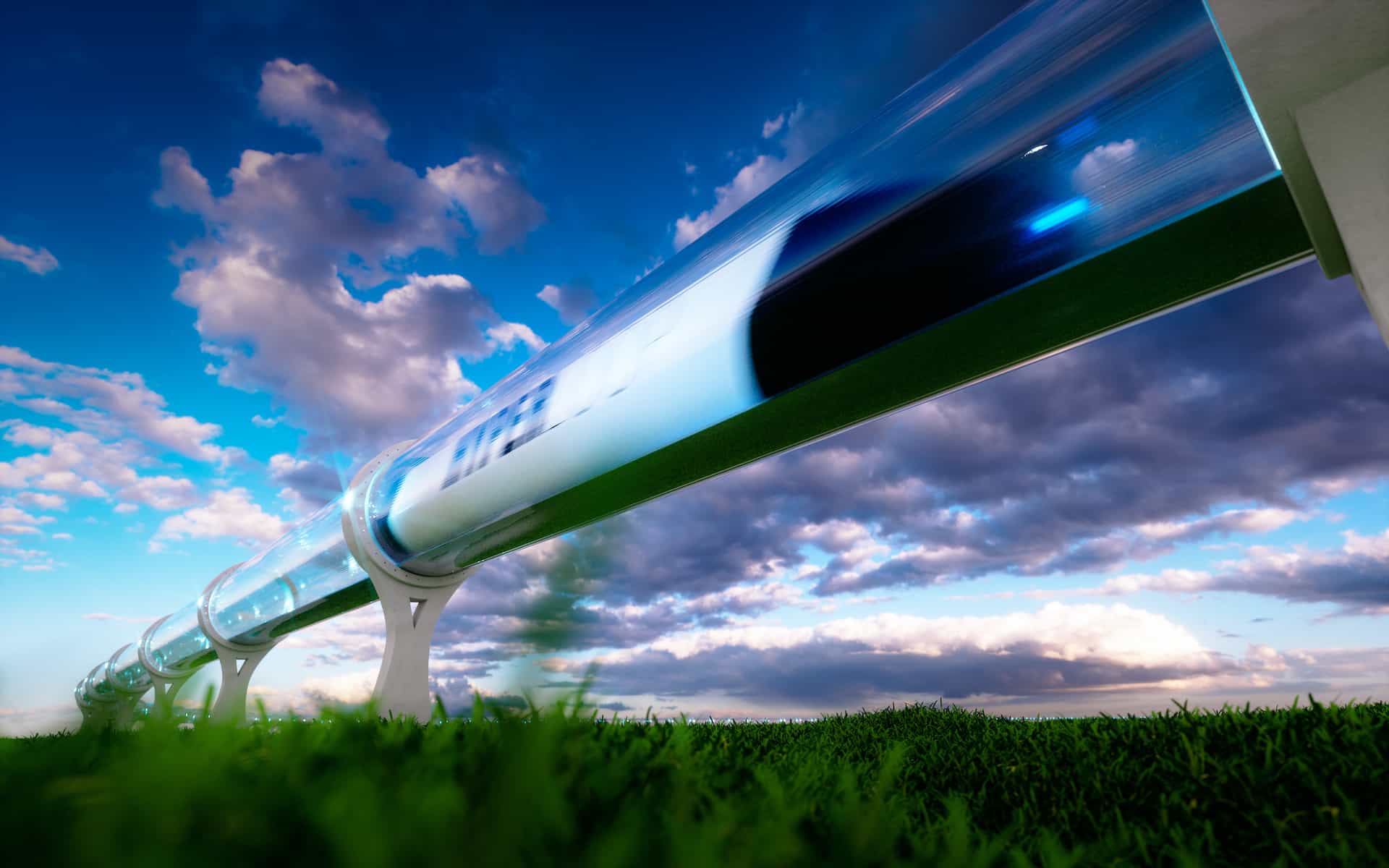
In the spring of 2020, we abruptly stopped traveling. Up until then, we had seen a constant global increase in travel and tourism .
So what happens to our travels after the pandemic begins to loosen its grip on the world, which is likely to happen sometime in 2021?
We travel faster than ever
Traveling can certainly be an experience in itself, but sometimes we only want to get from point A to B in the shortest possible time and this need will not diminish.
When the Concorde landed in London in 2003, it was the last time it flew across the Atlantic. The next stop was a museum in Bristol. But now several projects are underway that want to revive supersonic flights for civilian passengers.
Boom Supersonic has rolled out the XB-1 to test supersonic flights. It is the first aircraft of its kind, for civilian use, since the Soviet Union’s Tupolev TU-144 flew for the last time in 1968.
The purpose of the test flight is to develop Overture, a supersonic aircraft with room for between 65 and 88 passengers who will cross the world’s oceans in Mach 2.2.
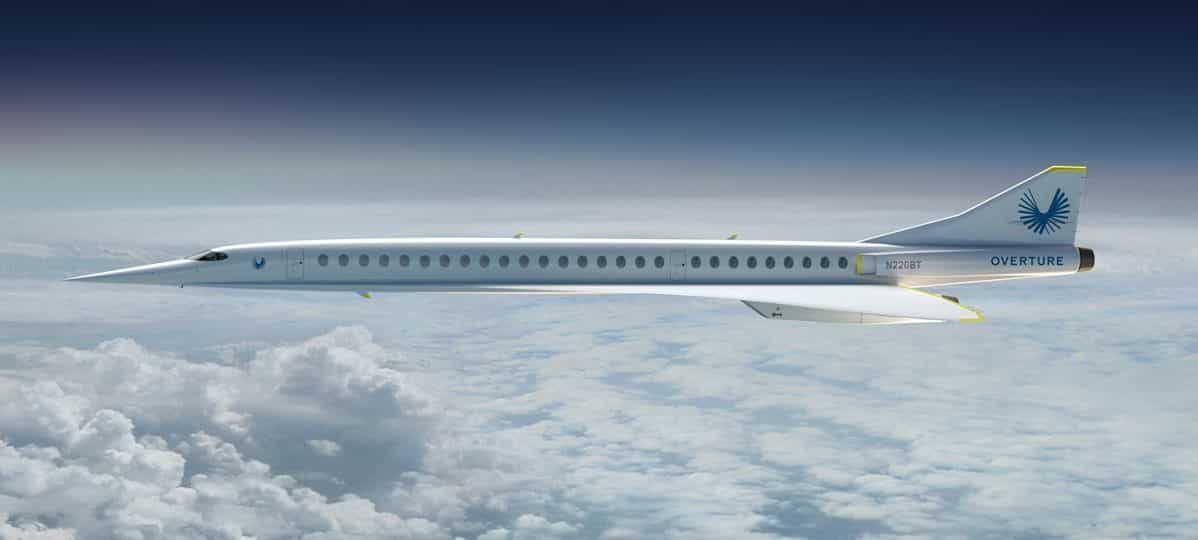
Aerion , backed by Airbus, is another player claiming that their AS2 will start flying civilian passengers at supersonic speeds by the end of the decade. This is a significantly smaller aircraft with room for 8-10 passengers where the target group is business travelers. Top speed is Mach 1.4.
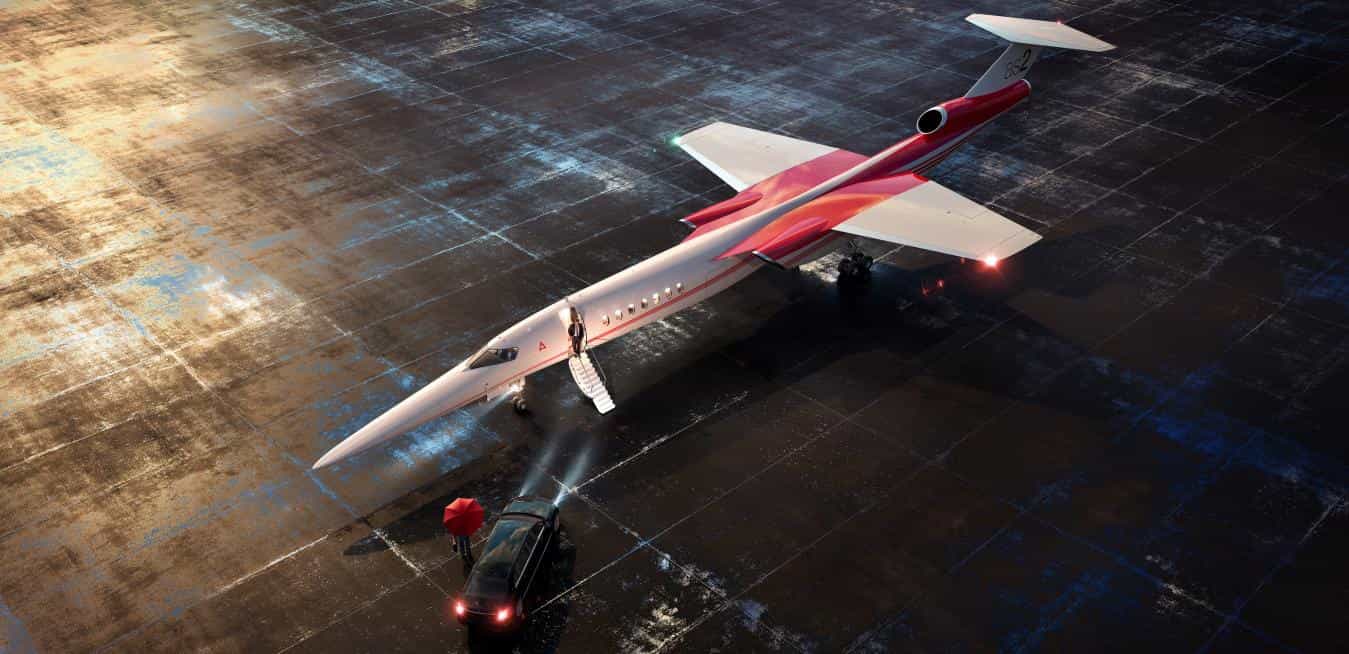
To travel even faster, we need to get out of orbit and then down to earth again. This is exactly what SpaceX has plans for. A trip from New York to Paris, which normally takes just over seven hours, would instead take 20 minutes.
Travelers can’t count on high convenience, and probably no onboard service, but that is a small issue if the travel time is cut by about seven hours.
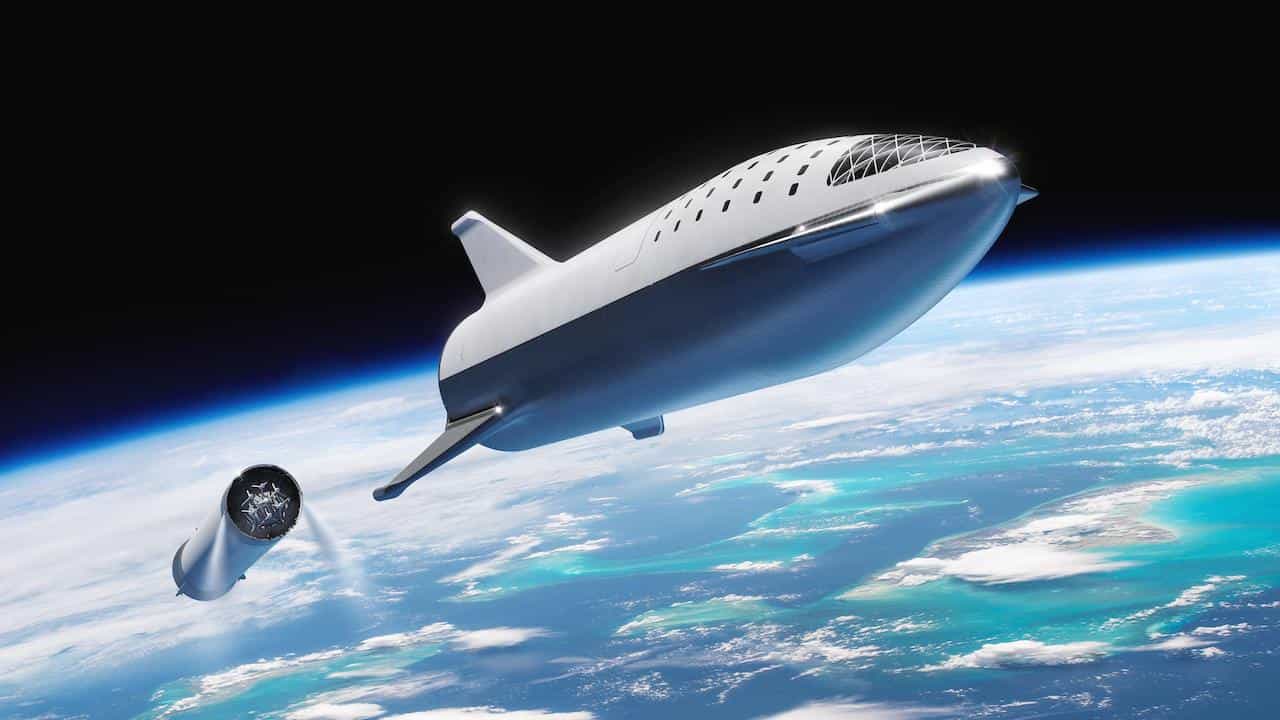
If you prefer to travel really fast without leaving orbit, Hyperloop is your future means of transport. Elon Musk’s idea has now begun to be put into practice in a number of different projects, including Virgin who is working on a large-scale test center. In India a route between Mumbai and Pune is planned to be completed in 2029. Today, the journey takes just under three hours by car. The same distance with Hyperloop is expected to take about 25 minutes.
In short, Hyperloop consists of a steel pipe with low air pressure, which means that the air resistance is low. Capsules, where you will be seated, are transported in the steel pipes. These are pulled and braked with the help of electric linear induction motors. According to early calculations, it is possible to travel at 1200 kilometers per hour, or about 750 miles per hour. The first prototype was in place in 2016 in California.
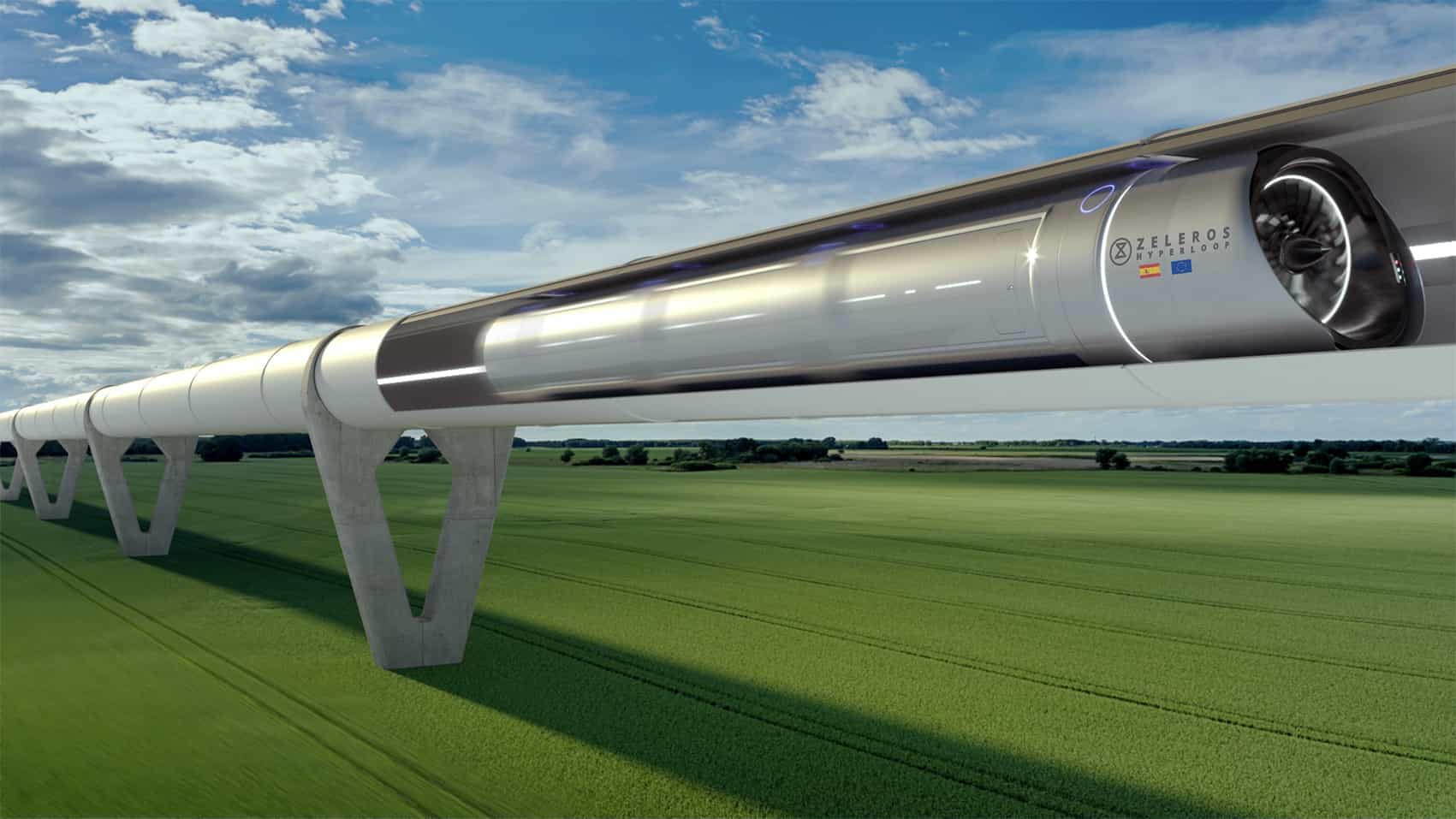
We travel slower than ever
Sometimes, we do not have to travel fast at all. The trip can be the goal, or a comfortable part of everyday life.
New night train routes are now being planned. For example, you can settle in for a nice evening in Malmö, Sweden at 19:40 and arrive in Amsterdam, the Netherlands, after a good breakfast, 9:28. If you can work, rest and sleep on your route, it does not matter that it takes a long time. It is rather an advantage when means of transport, restaurant and hotel are the same. It is convenient and you can save money.
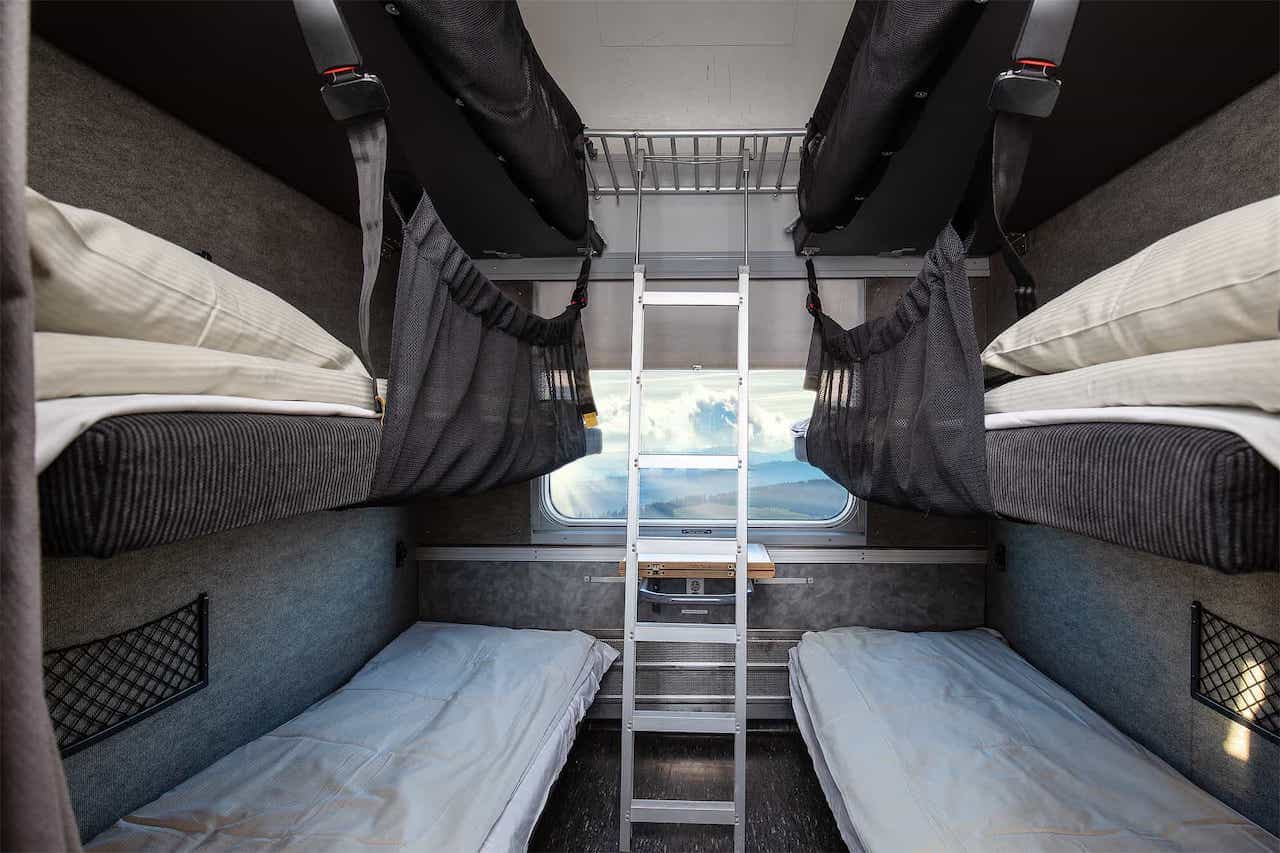
If you want even more flexibility, but are not really in a hurry, self-driving cars are for you. Tesla has recently rolled out the beta version of its fully self-driving software and a number of projects are now being initiated around the world.
What if it takes 1.5 hours to get to work if you can, at the same time, comfortably work, have meetings and drink your morning coffee while traveling?
Several vehicle models are being developed that have neither a steering wheel nor a driver. These vehicles can be designed in completely new ways, where the vehicle becomes something more than just a means of transport.
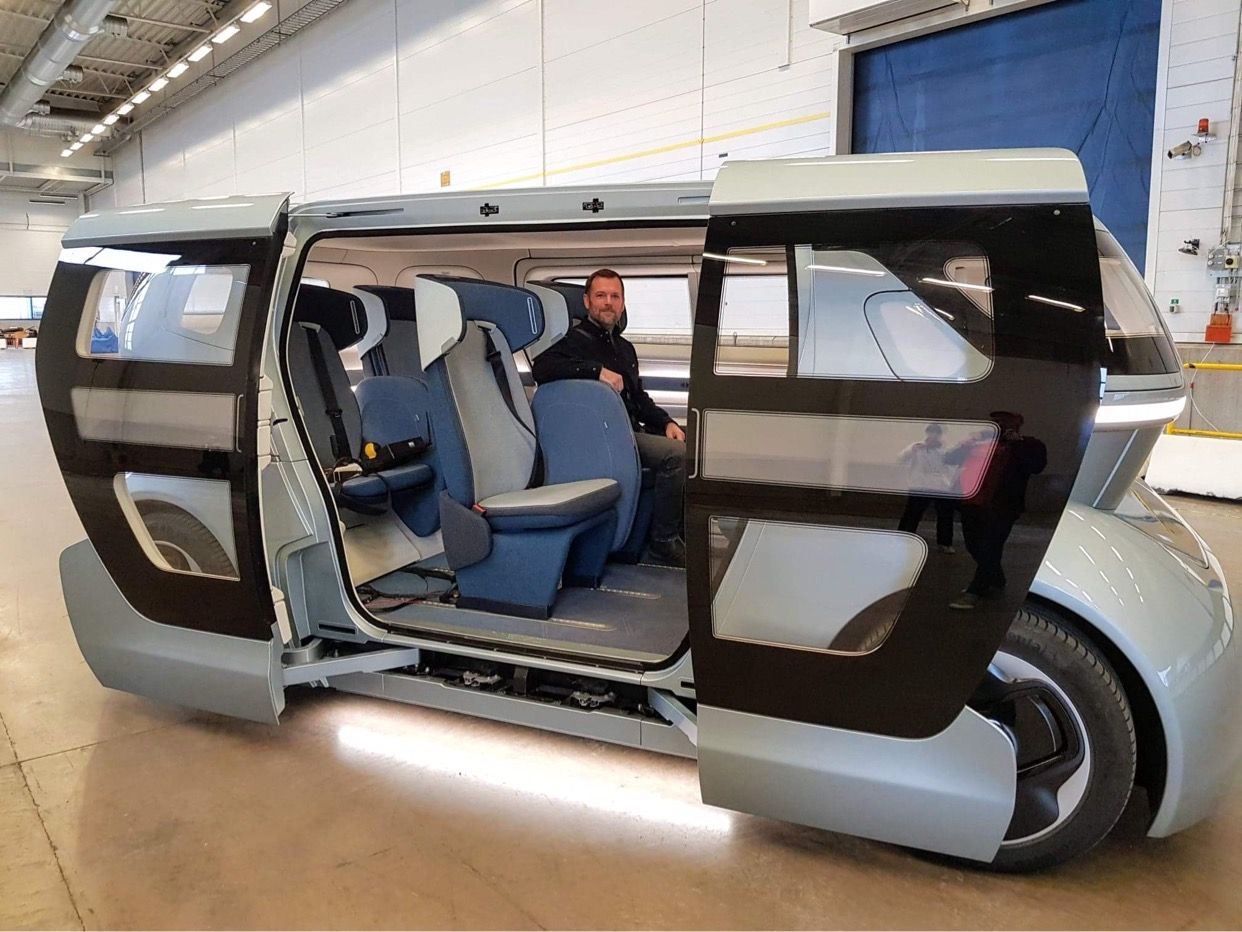
We travel virtually
Most likely the strongest trend is that we do not travel at all. In many cases, we do not need to. Of course, sometimes we still experience that the meeting apps are not so stable and expressive. But they are now developing very fast due to increased demand.
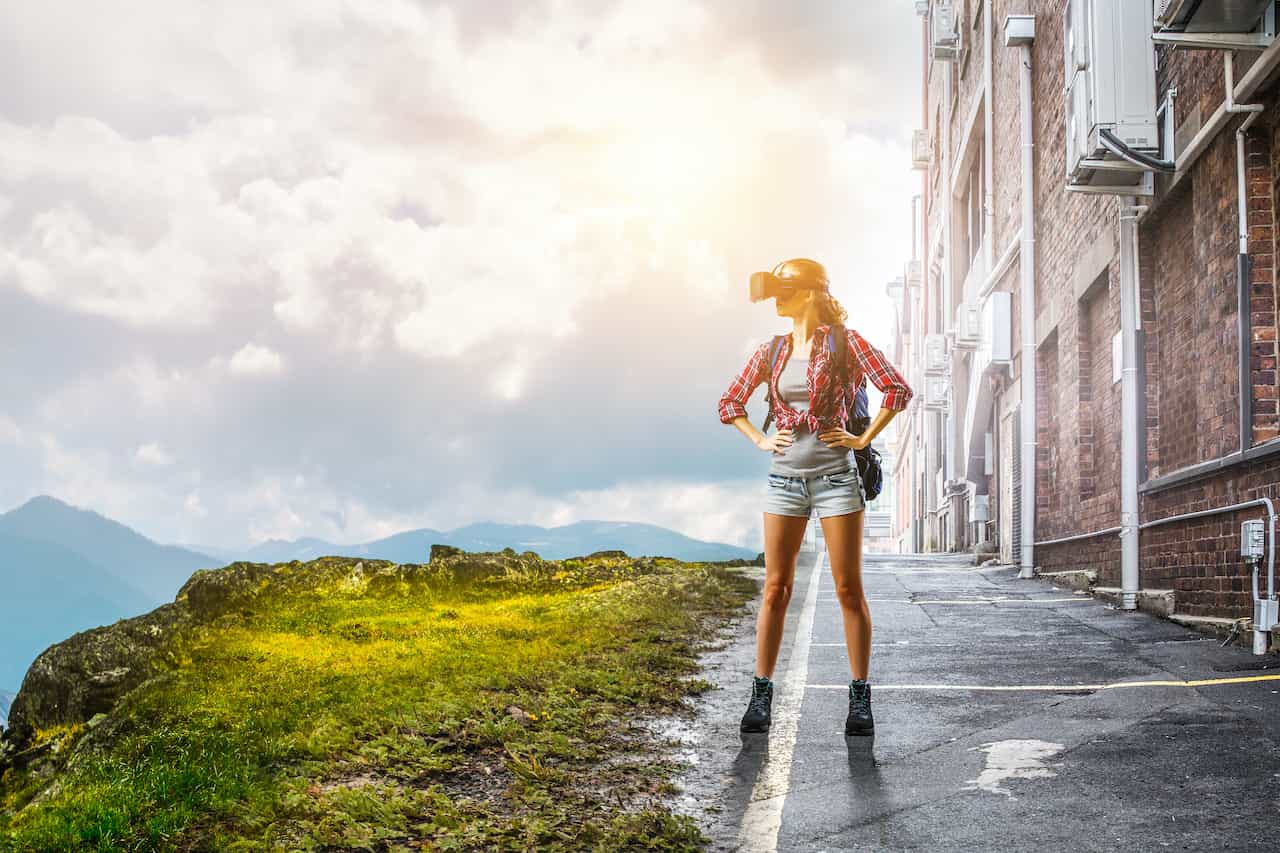
In addition to the, nowadays, traditional apps such as Zoom, Meet and Teams, there are a number of VR apps that are getting better fast. Together with cheap but good VR headsets, it is possible to meet in virtual rooms and get a much higher sense of presence. One example is Spatial , which can be run on the recently launched Oculus Quest 2.
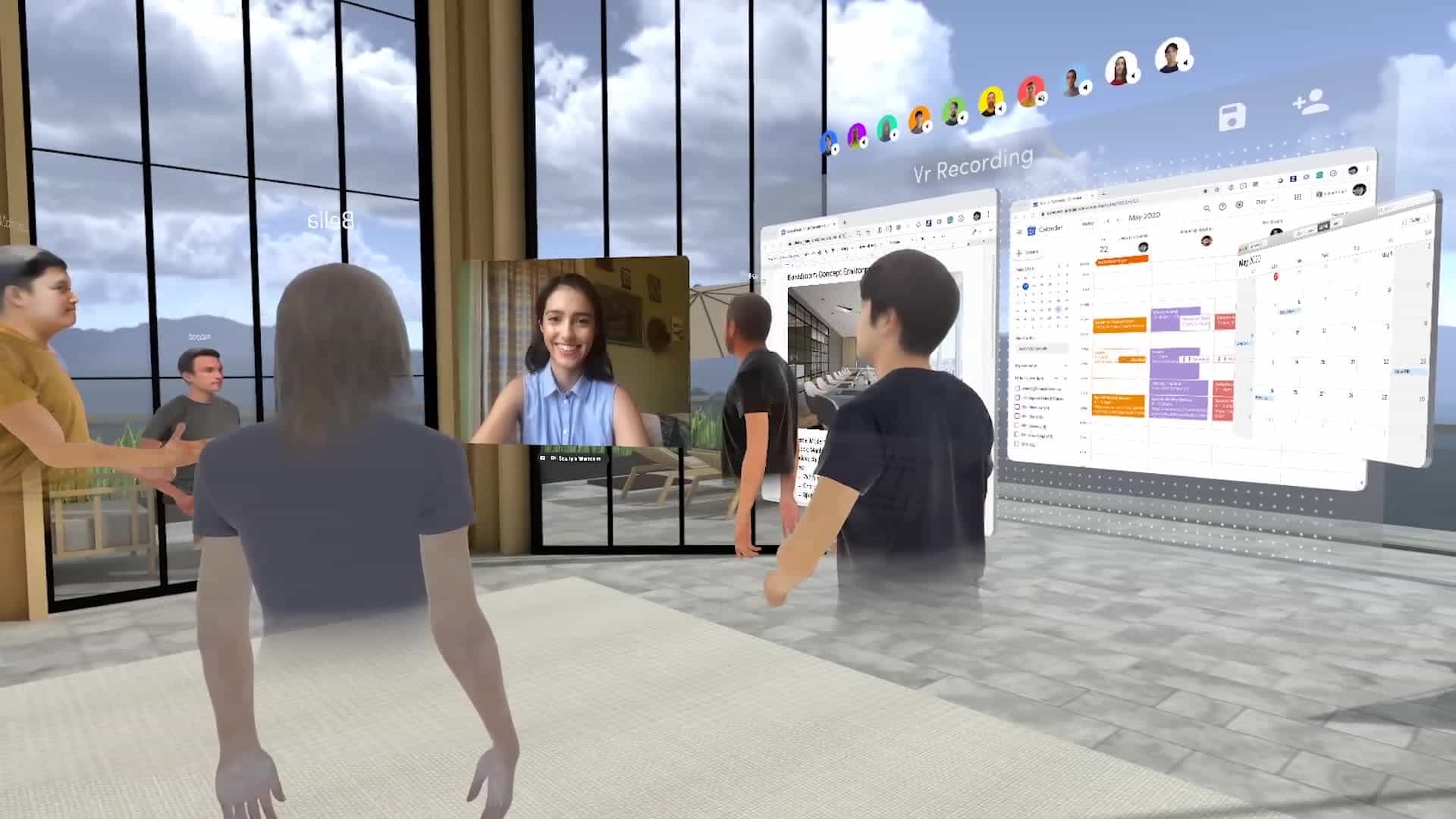
Together with electrification, renewable fuels and an incremental improvement of our current means of transport, this means that we get even more ways to travel.
In the future, we will travel more than ever.

